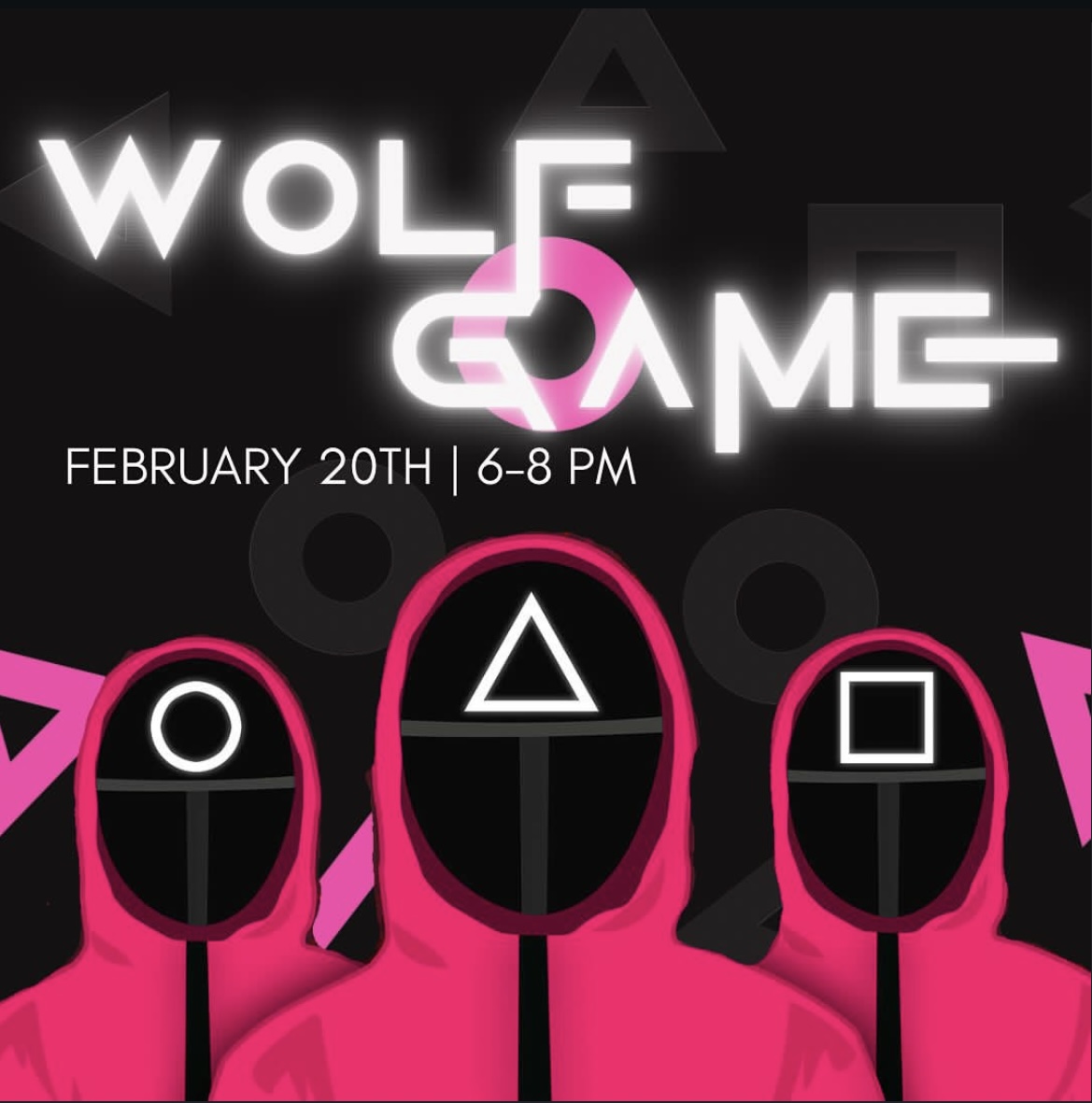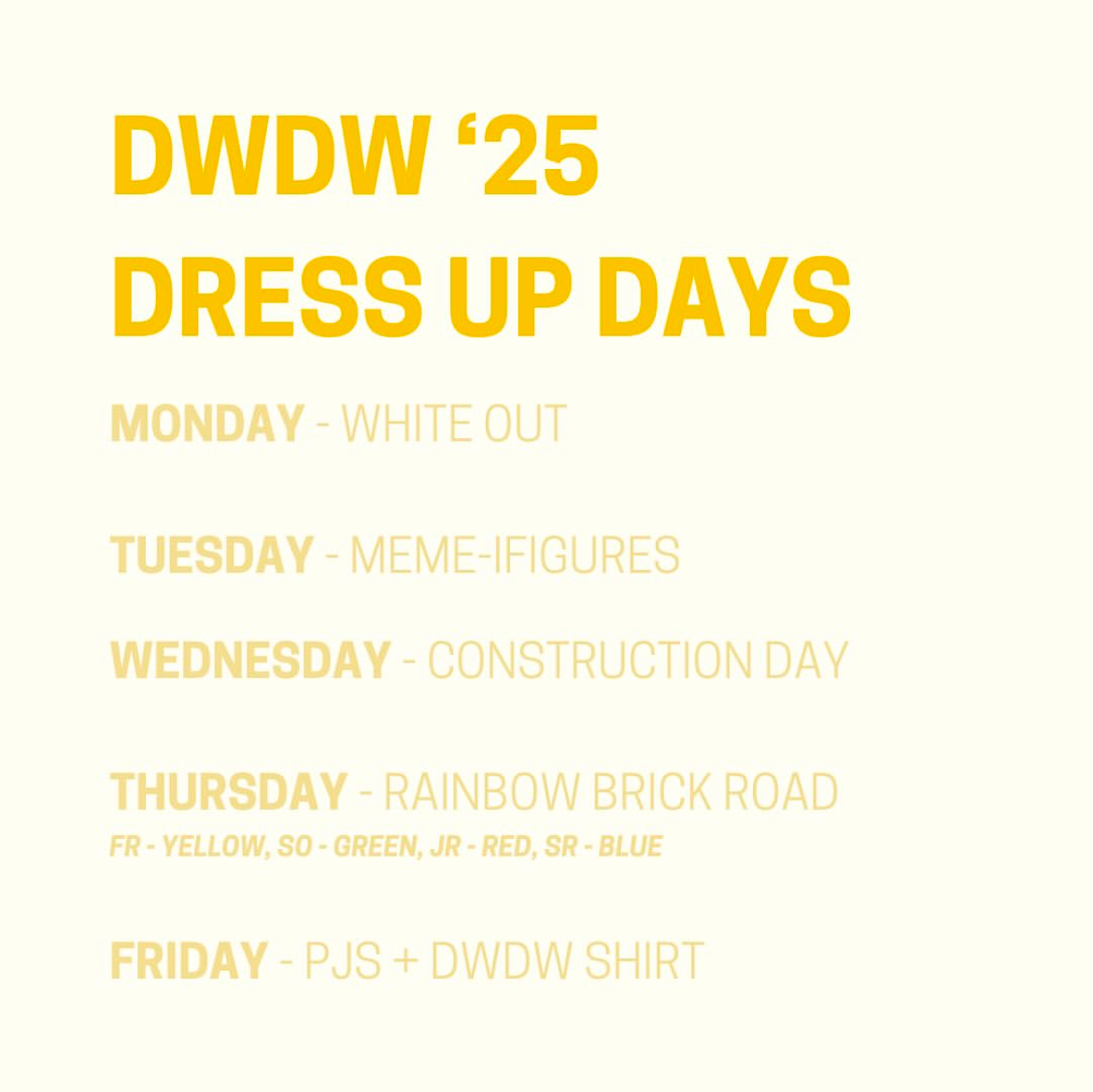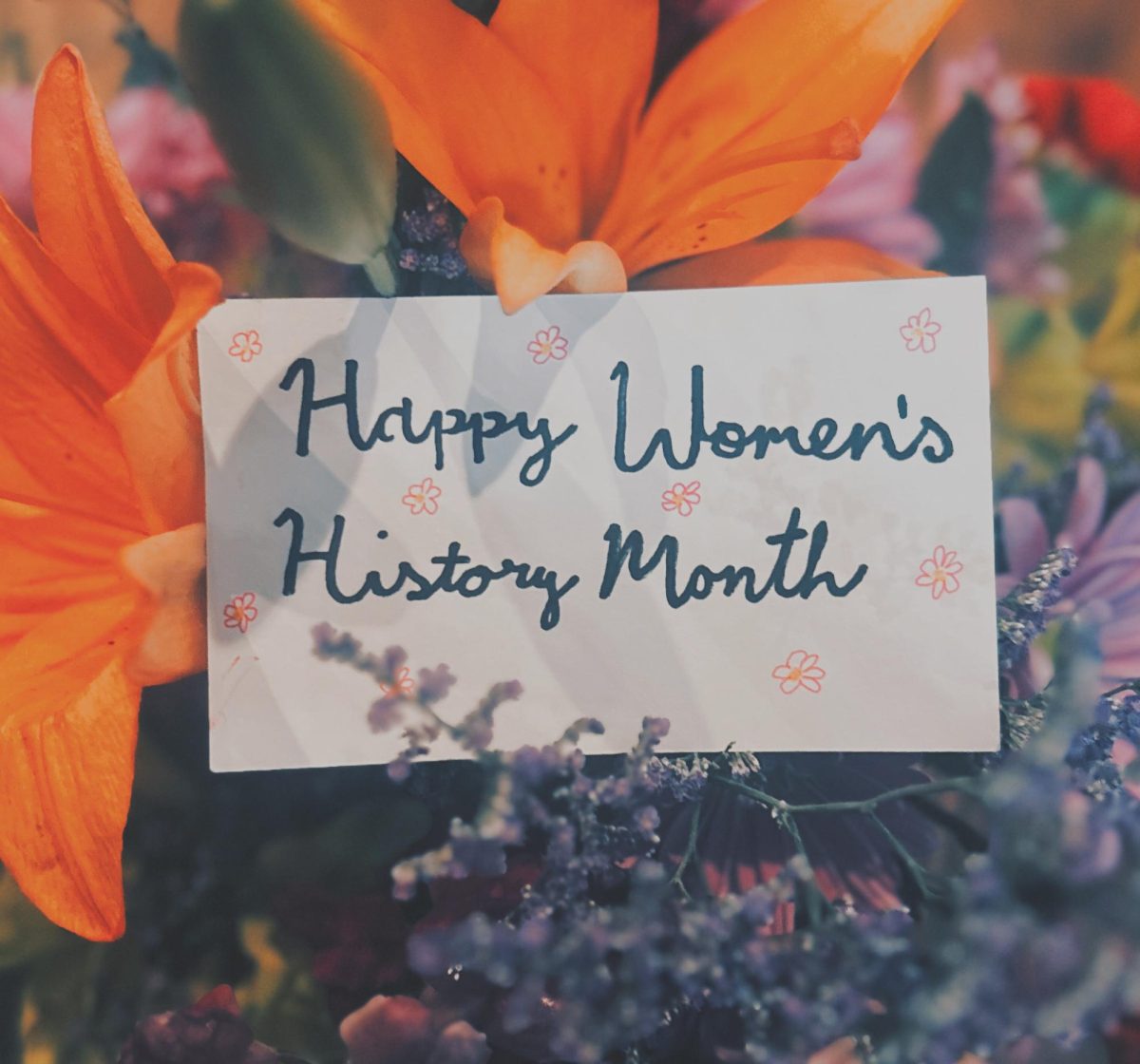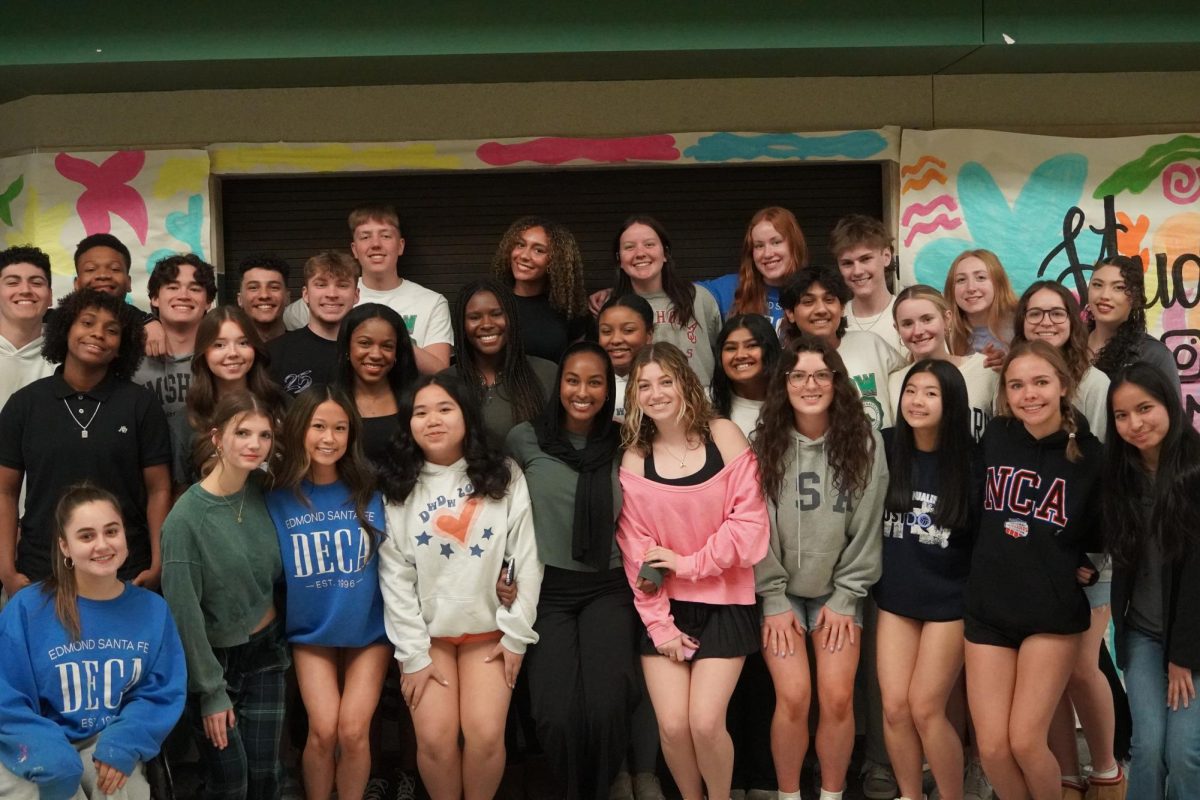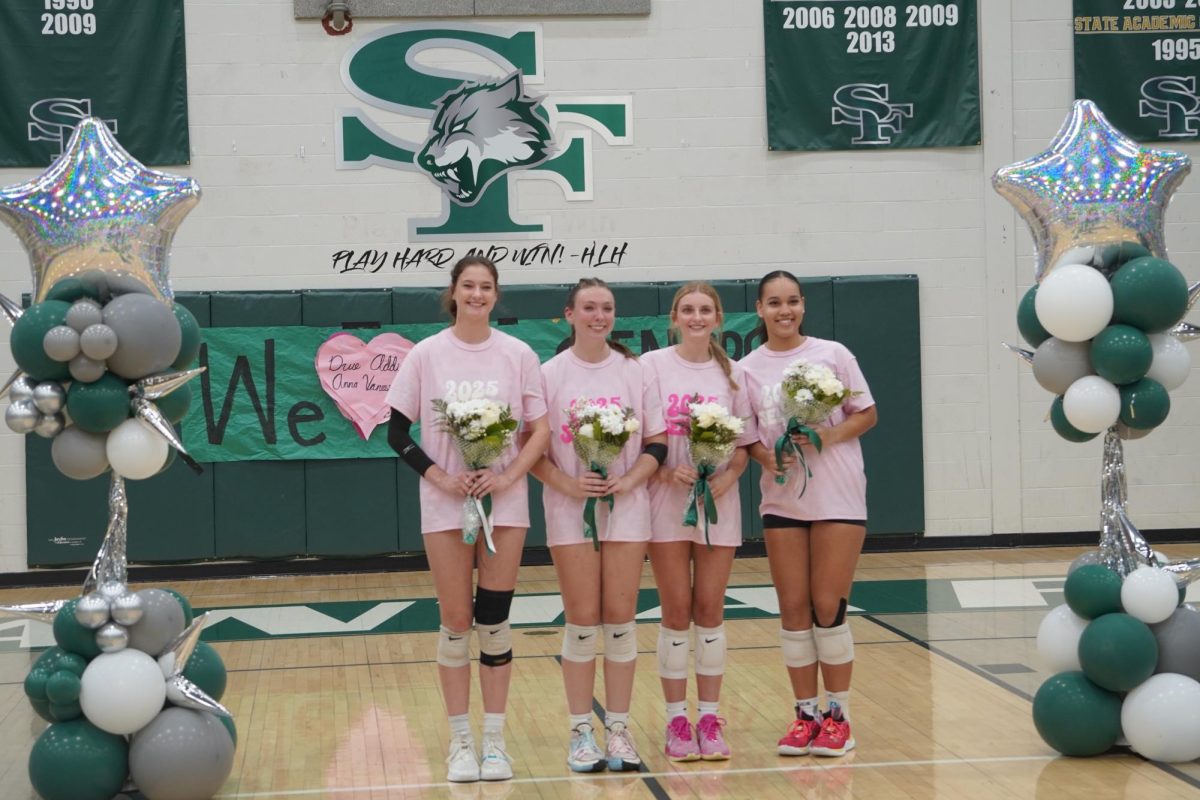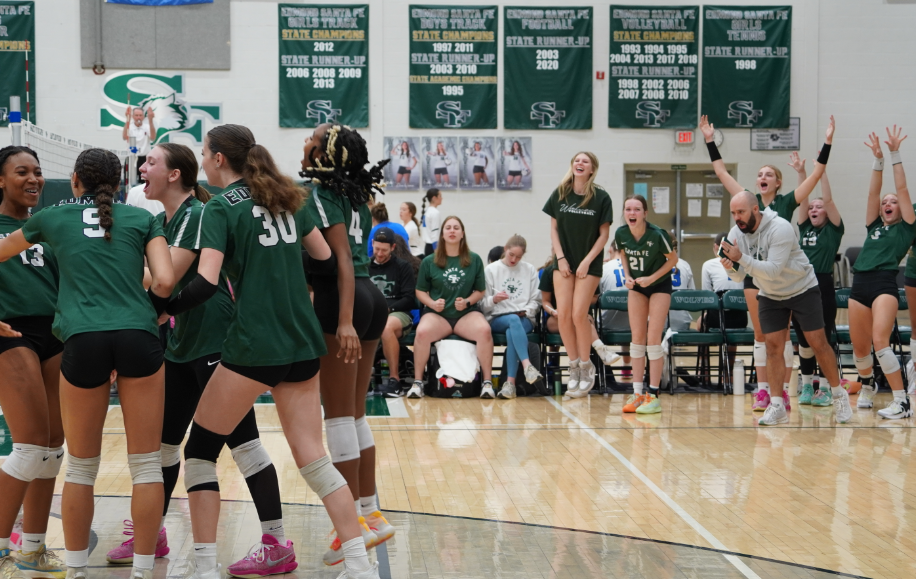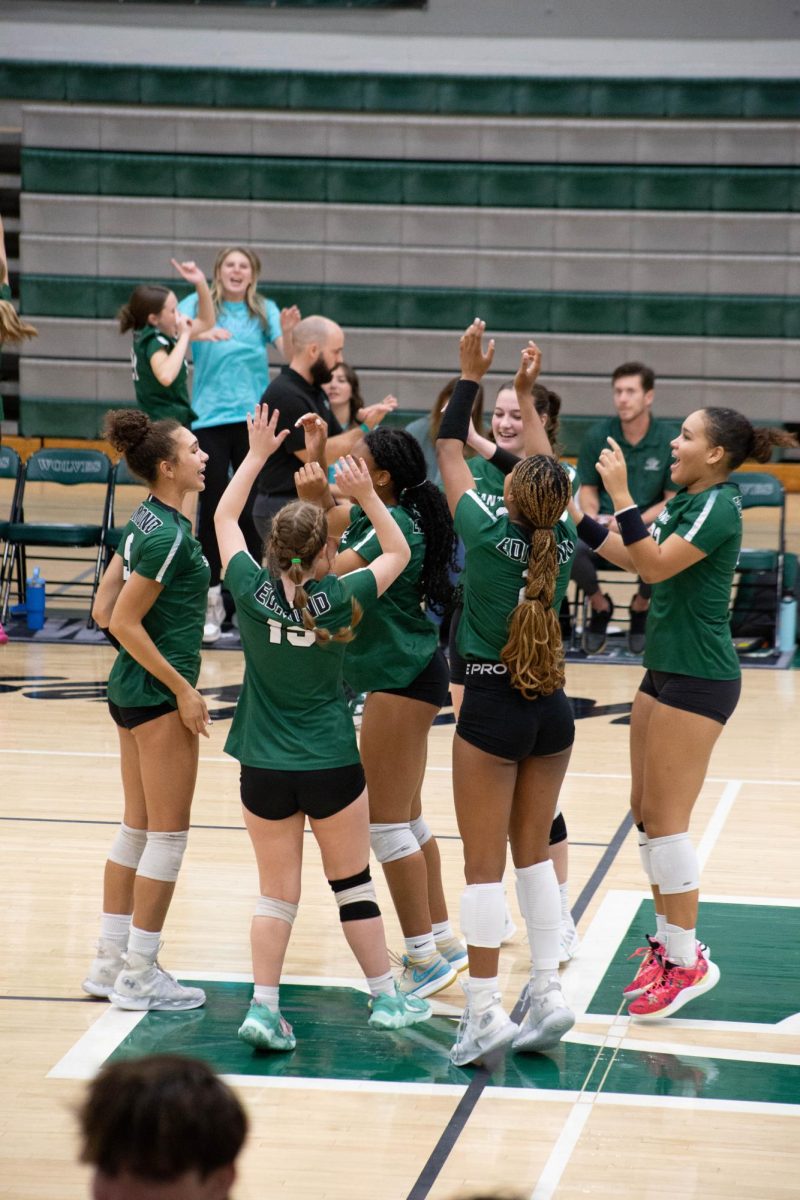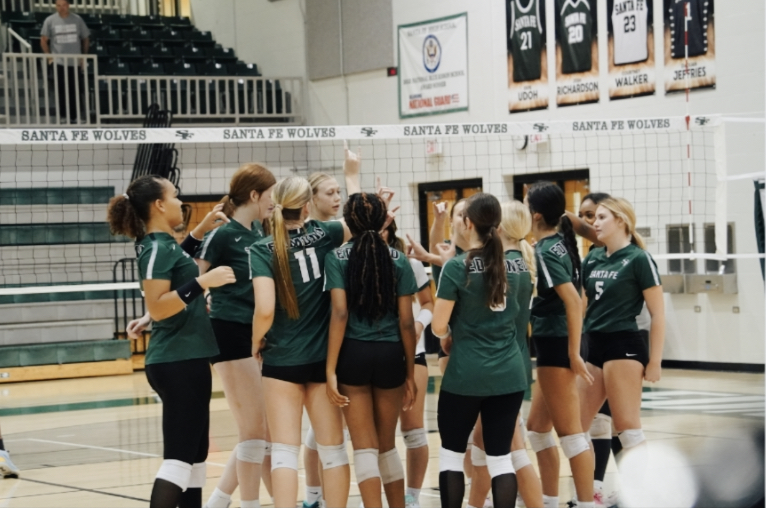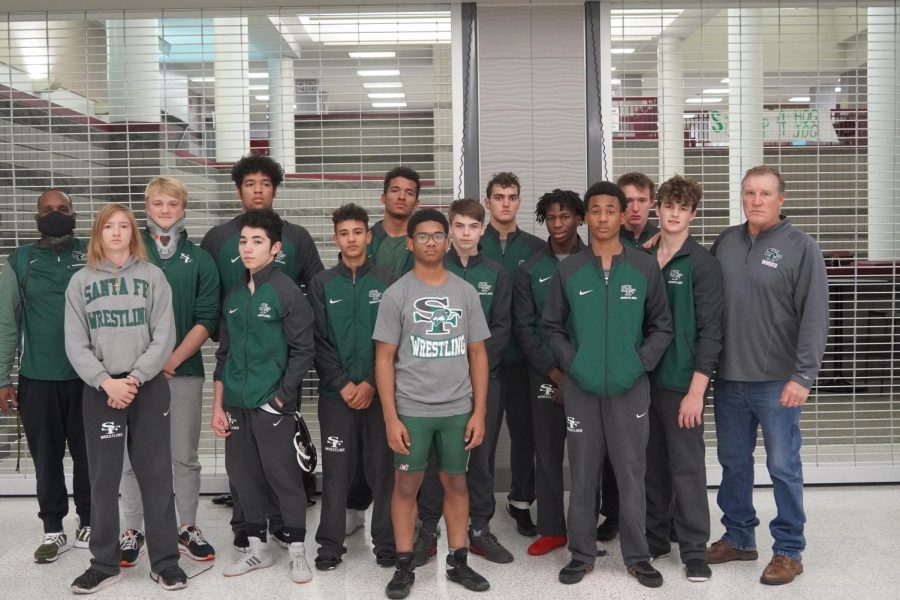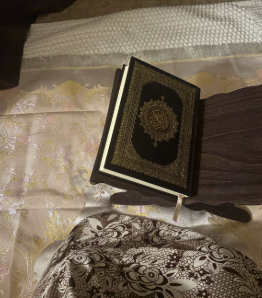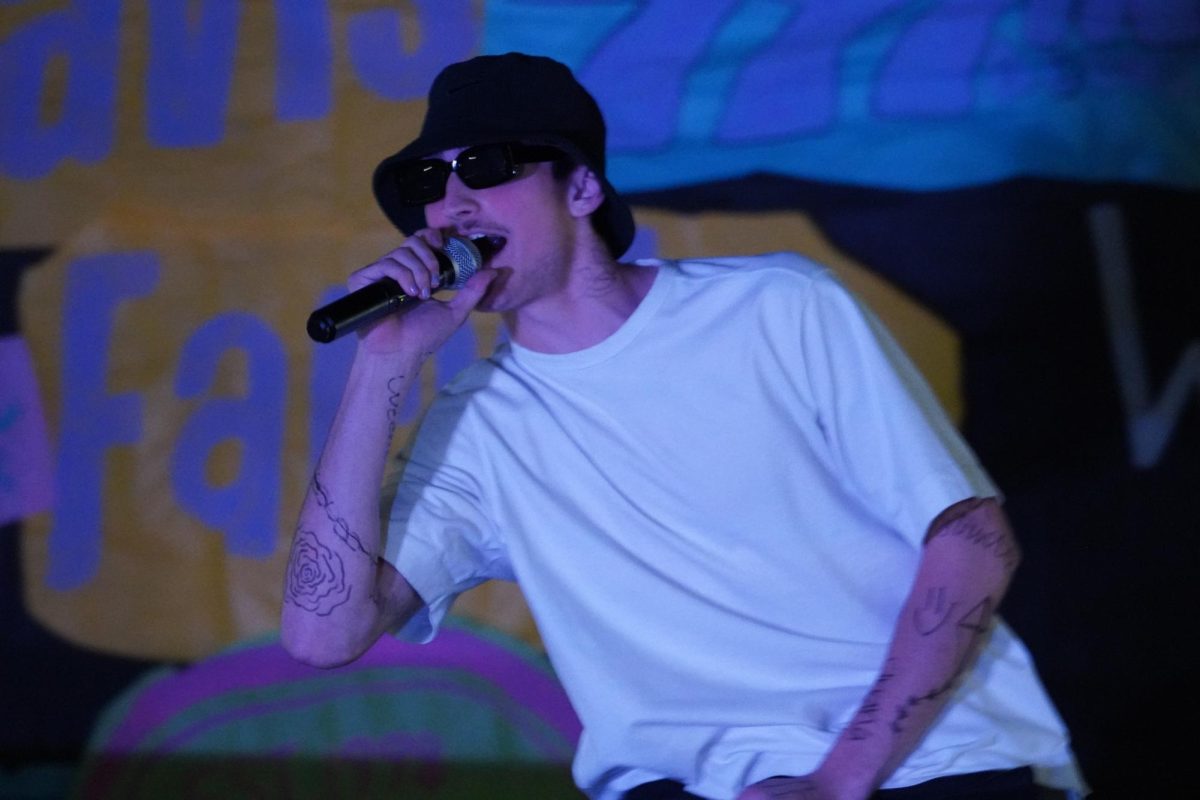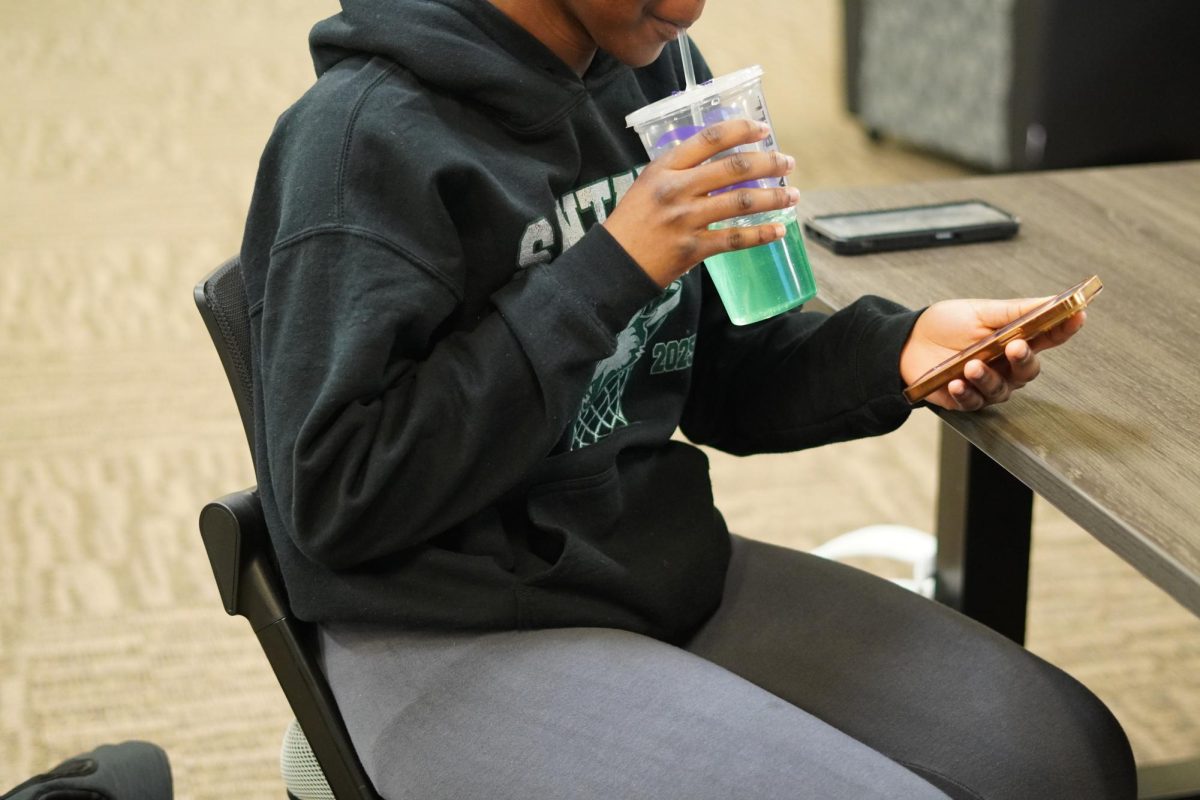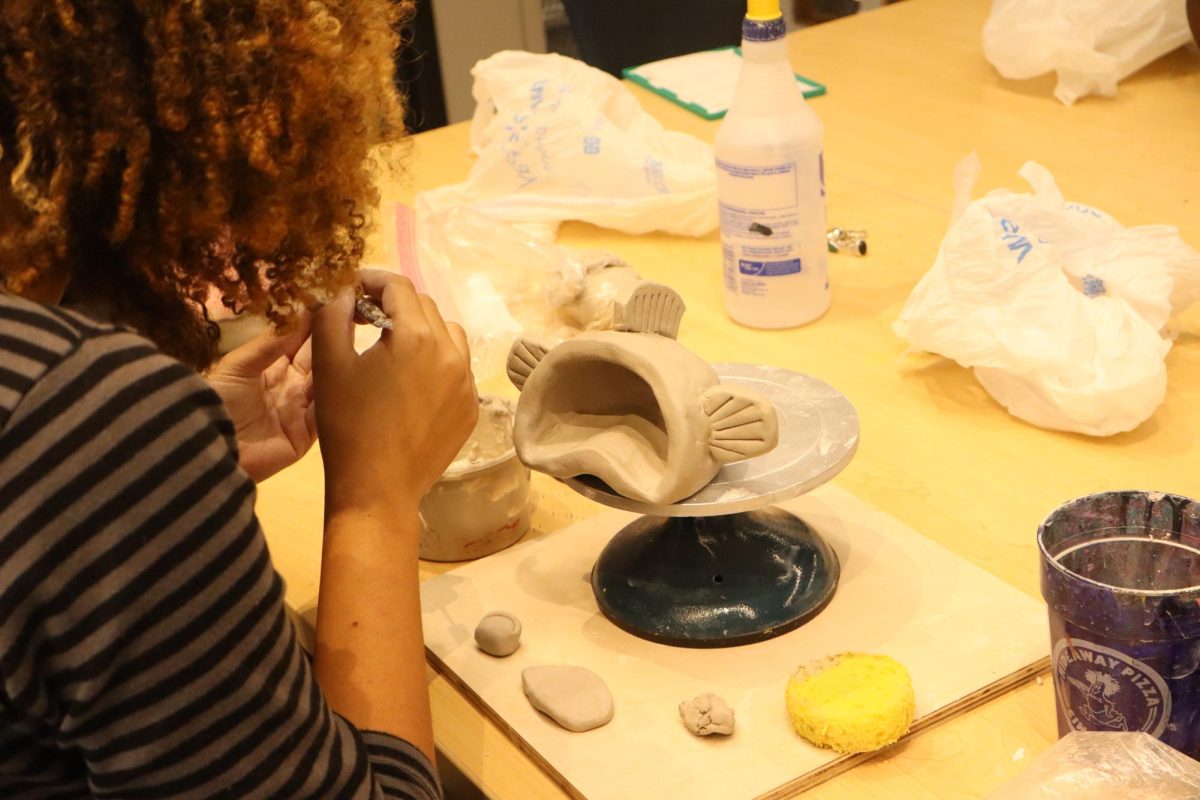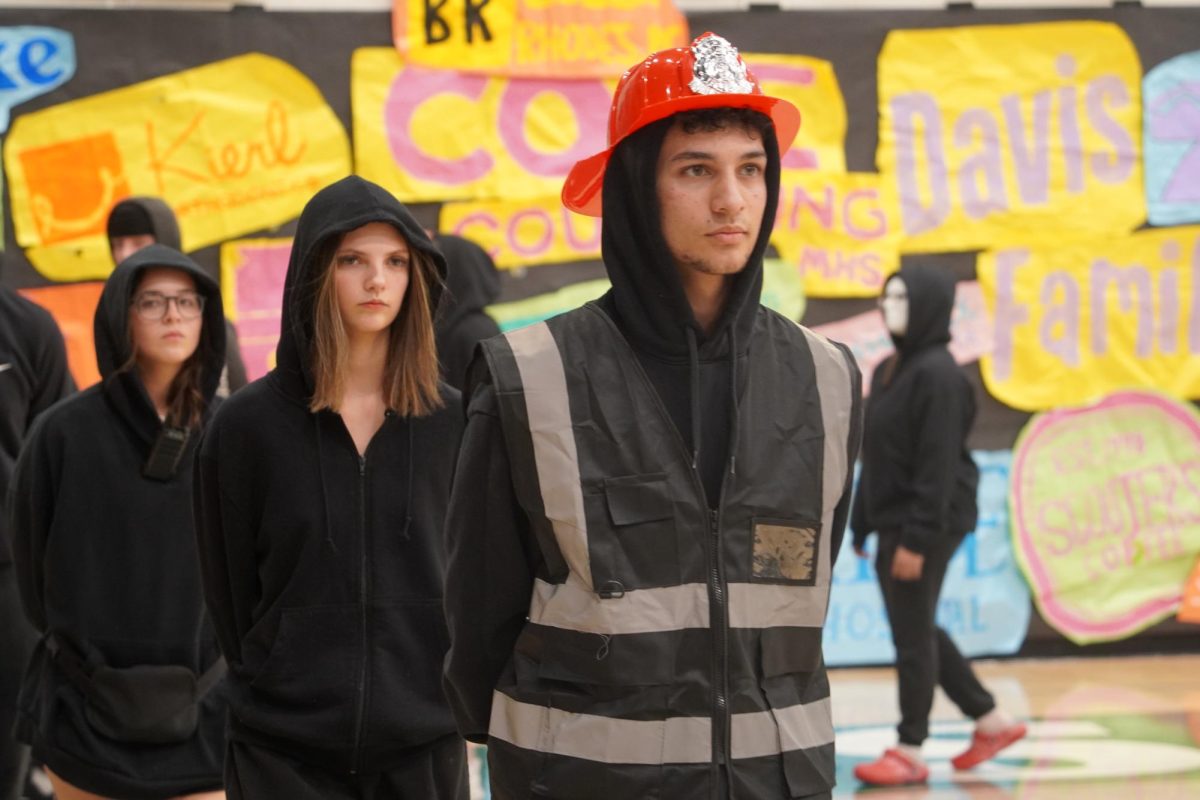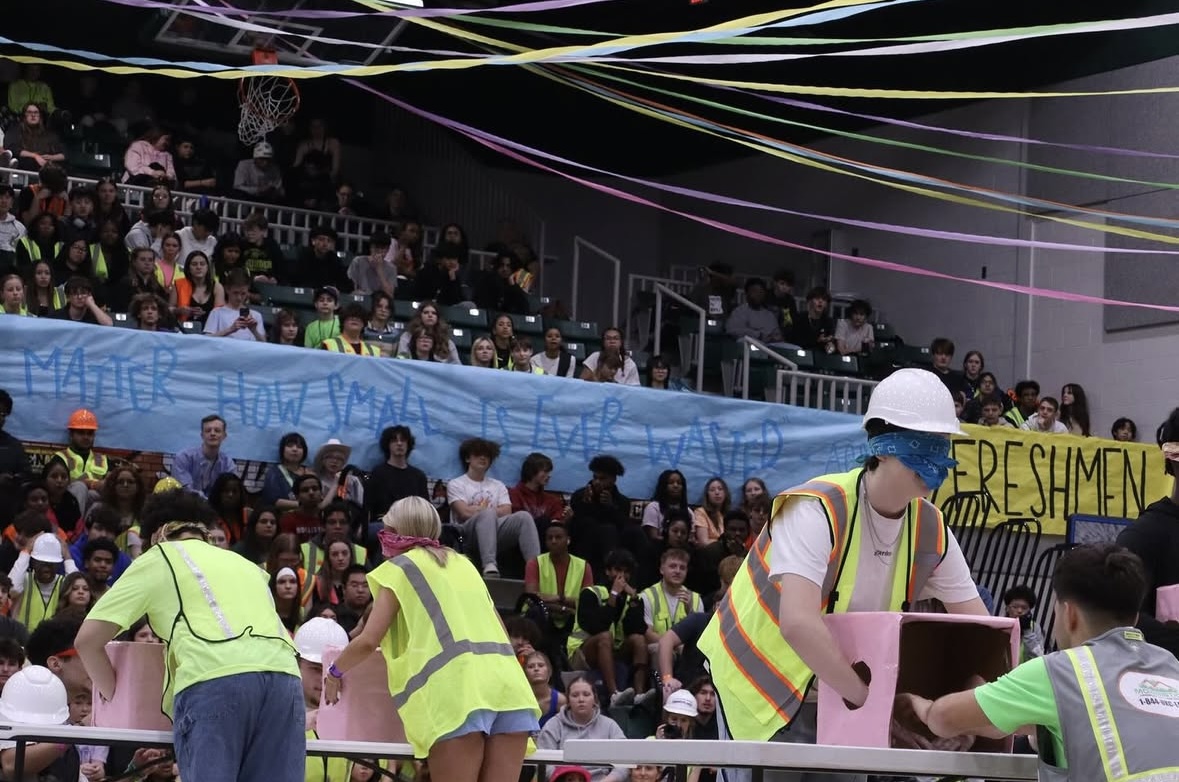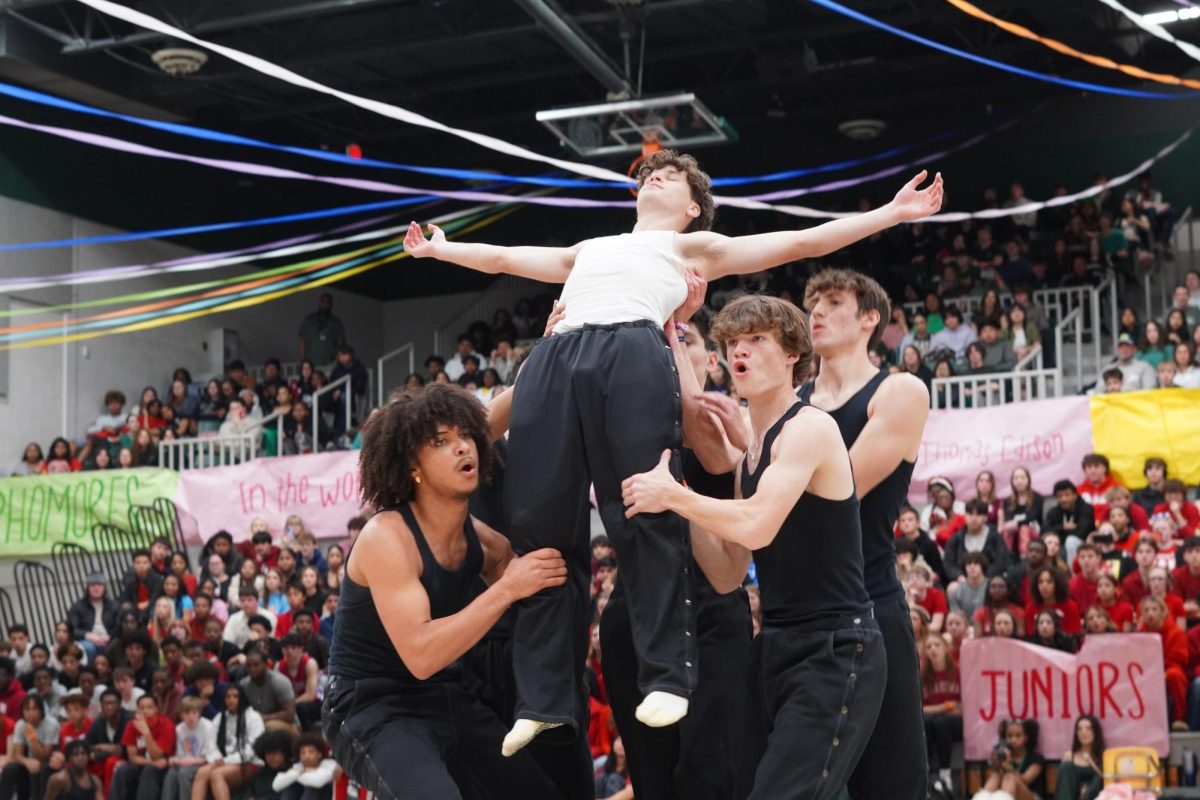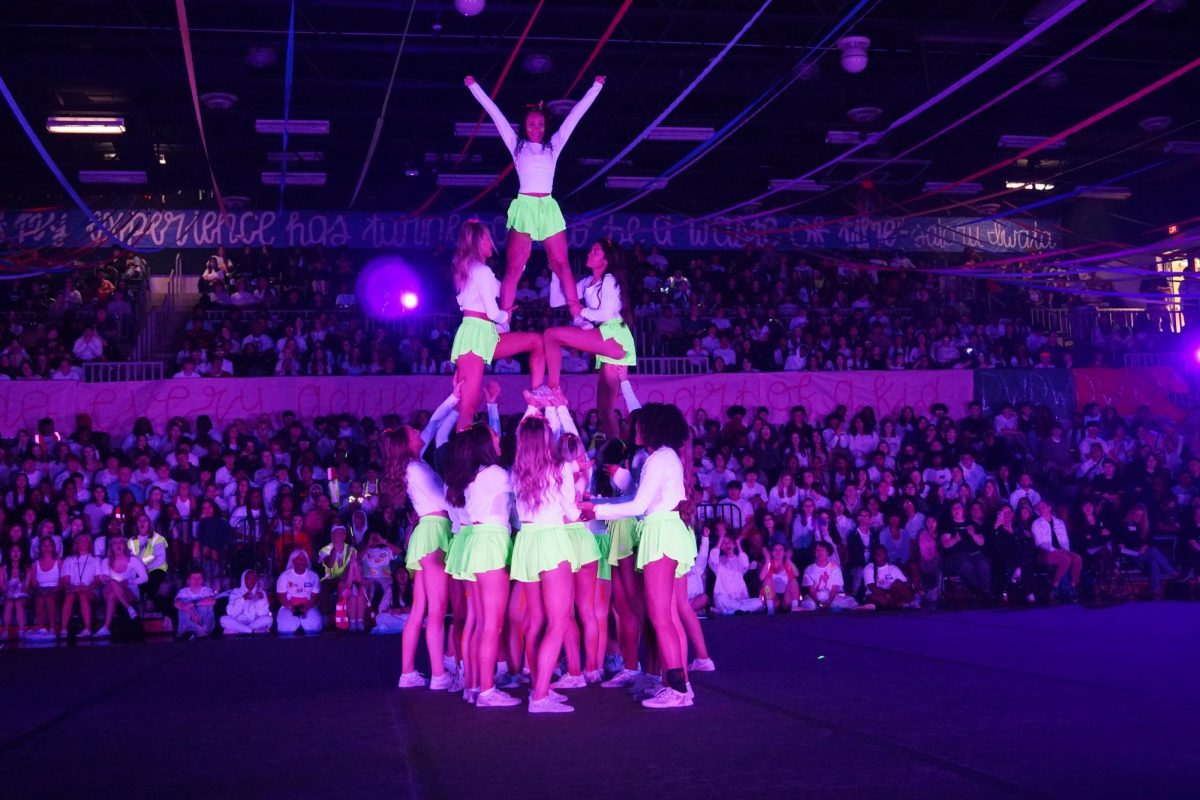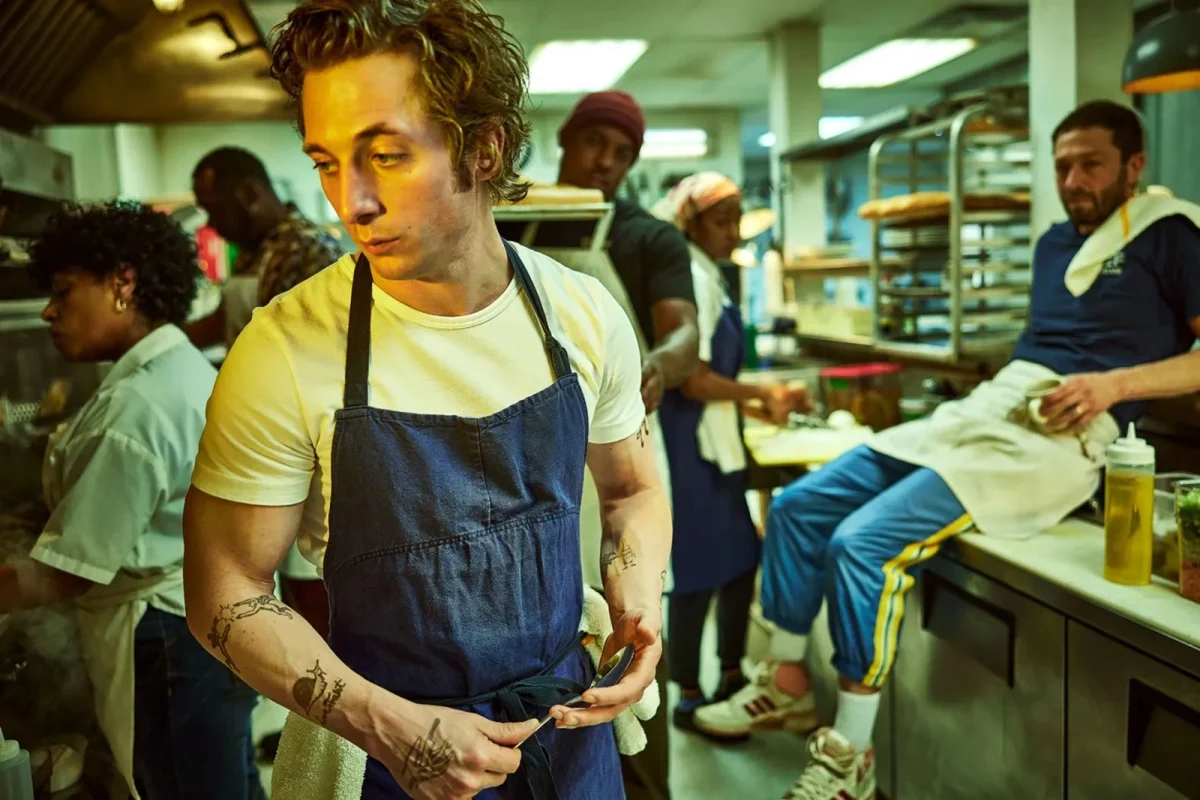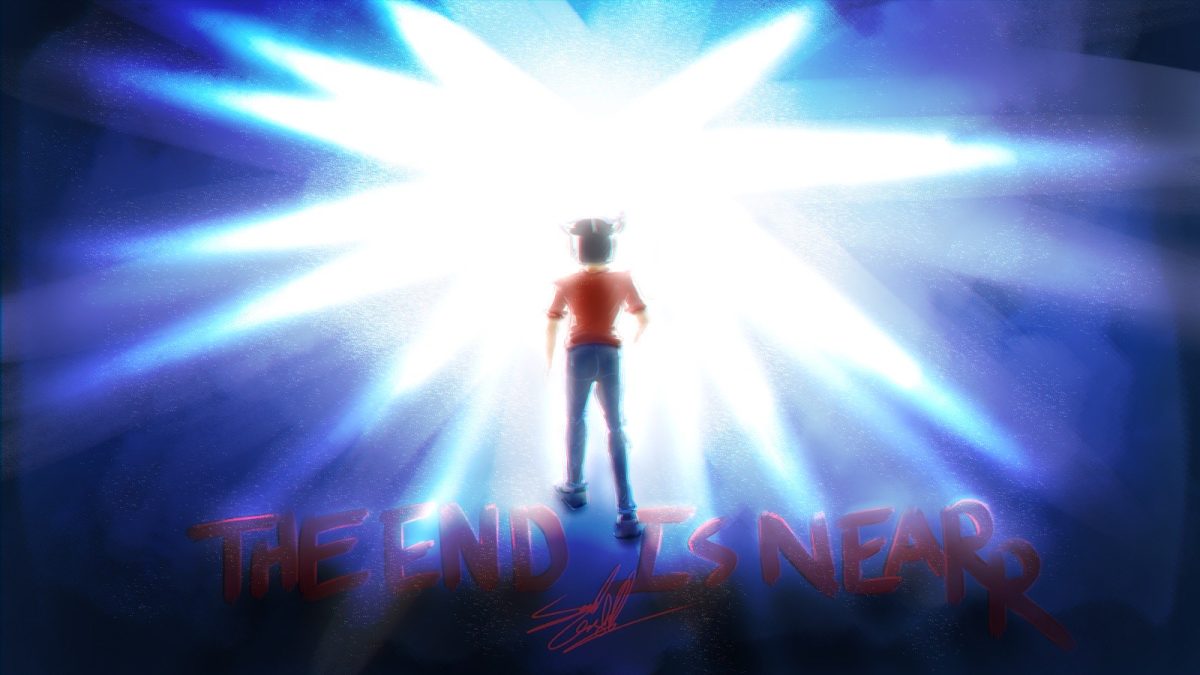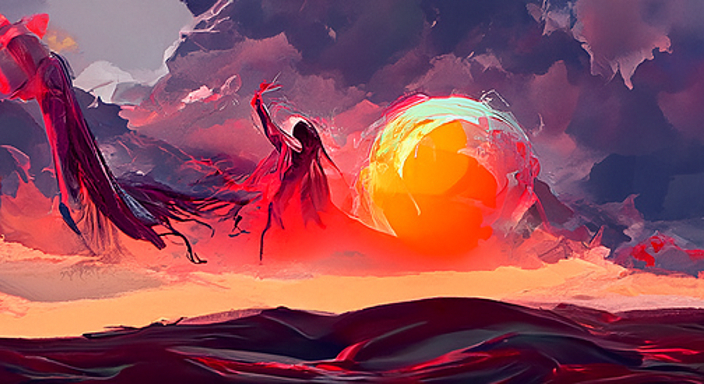AI Art: Innovation at what cost?
https://commons.m.wikimedia.org/wiki/File:AI_Generated_sunset.png
AI Generated Sunset
November 18, 2022
Recently, there have been many advancements in the creation of visual art using AI (artificial intelligence). Because of this, topics of morality and value regarding generated art have received more attention within the online art community.
The most used AI for AI-generated art is DALL E. With DALL E, users can type a phrase into a text box so an AI can interpret the phrase and create an image based on its interpretation using a collection of pre-existing art.
There have recently been more people creating AI art and claiming it as something they made. These people are both making it hard for actual artists to be trusted and discouraging new artists from pursuing art since they can now skip the years of dedication and training that artists go through. In some cases, AI art invalidates real artists’ hard work and time, for example when an AI art piece won the Colorado State Fair Fine Art Competition.
A major issue with AI art is that it is imitating art made by human artists without their consent. The use of AI art is plagiarism, which is notably a crime in every country. It is illegal, unfair and disrespectful to artists who have spent years dedicating themselves to art just for an AI to do the same in seconds by stealing their hard work.
AI art is not only a moral problem, it diminishes the value of human-made art. Art is not just the final product and how it looks, art also involves aspects such as the artistic process, the artist’s intended meaning and the context surrounding the art. With AI art, all of these aspects are lost; but this doesn’t matter to those that use AI art and those that are unaware of these aspects of art. It is upsetting that someone, such as Leonardo Da Vinci, can dedicate their life to the creation of art and have their life’s work reduced to the value of a text box in the eyes of those who aren’t very involved in the art community.
Use of AI art is disappointing because of its potential to help artists instead of stealing and disrespecting artists. Some examples of ethical use of AI art are the previously mentioned extension of an image or the ability to create a reference for handmade art pieces that previously would have been difficult or impossible to obtain. AI art could be used as a tool instead of outright removing humans from the creation of art.
As with all things in this world, AI art has both good sides and bad sides to it. It is because of this that it is so upsetting and disappointing to see how AI art is being used to hurt art and its community.


